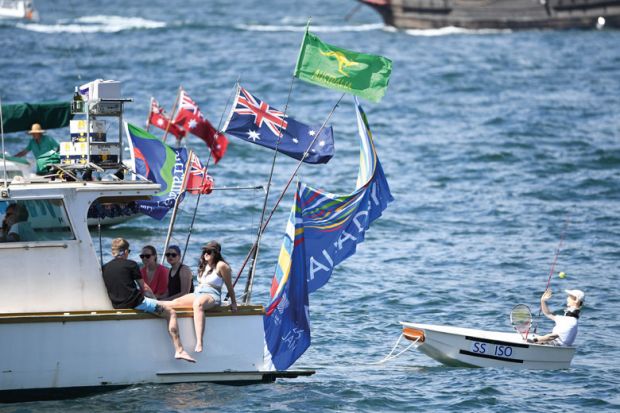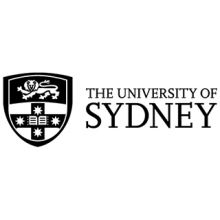Senior administrators and star scholars are earning many times as much as other workers in Australian universities, after international and interdisciplinary competition produced an elite clique in what was once an egalitarian landscape.
A Times Higher Education analysis suggests that academia’s rich pickings are not confined to senior executives, with dozens of staff at each university attracting triple or quadruple the average sums paid to everybody else.
The 50 best-paid University of Sydney employees earn an average of A$484,312 (£274,495) each – over 4.3 times the A$111,991 typically paid, in full-time equivalent (FTE) terms, to the remaining 9,400-odd staff. At UNSW Sydney, the A$473,059 mean salary of the 50 top earners is almost 3.8 times the A$125,209 averaged in FTE terms by the other 7,800 employees.
Similar patterns apply at the four other non-Victorian Group of Eight (Go8) institutions, where average remuneration for the 50 best-paid staff ranges from A$325,218 at the University of Western Australia (UWA) to A$440,900 at the University of Queensland. Average FTE earnings for the remaining thousands of workers range from A$94,837 at the University of Adelaide to A$115,561 at UWA.
The analysis is based on figures provided in response to freedom of information requests for the highest salaries paid by Go8 universities, along with employee expenses outlined in institutional financial statements and staffing data reported by the federal education department.
The figures are not perfectly matched, with the annual report and staffing data collected over the 2020 calendar year while top earners’ salaries at most of the six institutions are for the 2019-20 financial year. But a source said number crunching at one university had produced “fairly similar” figures, and none of the six universities accepted THE’s invitation to produce alternative figures.
Best v the rest: average salaries of 50 best paid compared to average salaries of remaining staff
| Institution | Average salary of 50 best-paid staff | Average salary of remaining staff |
| Australian National University | $350,571 | $113,547 |
| University of Adelaide | $337,617* | $94,837 |
| University of Queensland | $440,900* | $106,057 |
| University of Sydney | $484,312* | $111,991 |
| University of Western Australia | $325,218* | $115,561 |
| UNSW Sydney | $473,059 | $125,209 |
Sources: institutions, institutional annual reports, Department of Education. Salaries in Australian dollars expressed on full-time equivalent basis, excluding superannuation and redundancy payments. Figures cover 2020 calendar year, except for those marked by asterisk which are for 2019-20 financial year.
Experts said “wage inequality” at Australian universities was not out of step with big business or with higher education sectors elsewhere.
Roger Wilkins, professorial fellow at the University of Melbourne’s Institute of Applied Economic and Social Research, said that while a perception of excessive pay “at the top” could affect universities’ morale or reputation, it was not particularly inconsistent with their self-professed collegiality. “Any CEO will try to convey the same sentiment about ‘being on the ship together’ and ‘we’re all working for a common cause’ – it’s just that the language might be slightly different in a university setting.”
Australian National University emeritus economics professor Bob Gregory said pay disparity was a natural consequence of a higher education business model driven by international rankings. “Forty years ago, everybody’s salary was more or less set by the arbitration commission and all professors got the same wages. But increasingly, universities have become a world market. The very best professors are basically operating on the world stage, and the salary structures have to go close to matching what they could get [elsewhere],” he said.
Professor Gregory said similar pressures applied between disciplines. Finance professors, for example, attracted higher salaries than economics professors because they could command better pay outside academia. “There are more market forces at play than there used to be, and people aren’t necessarily career academics to the same degree as they used to be.”
The University of Sydney said salary packages for senior staff reflected “the scale of their roles and the size and complexity of our institution”. It said minimum salary entitlements for PhD-qualified staff ranged from about A$80,000 to A$215,000, “demonstrating the breadth of our career structure and workforce”.
UNSW said its salaries were in line with “sector norms and benchmarks” and designed to attract “the best candidates…from Australia and globally”.
Register to continue
Why register?
- Registration is free and only takes a moment
- Once registered, you can read 3 articles a month
- Sign up for our newsletter
Subscribe
Or subscribe for unlimited access to:
- Unlimited access to news, views, insights & reviews
- Digital editions
- Digital access to THE’s university and college rankings analysis
Already registered or a current subscriber? Login














